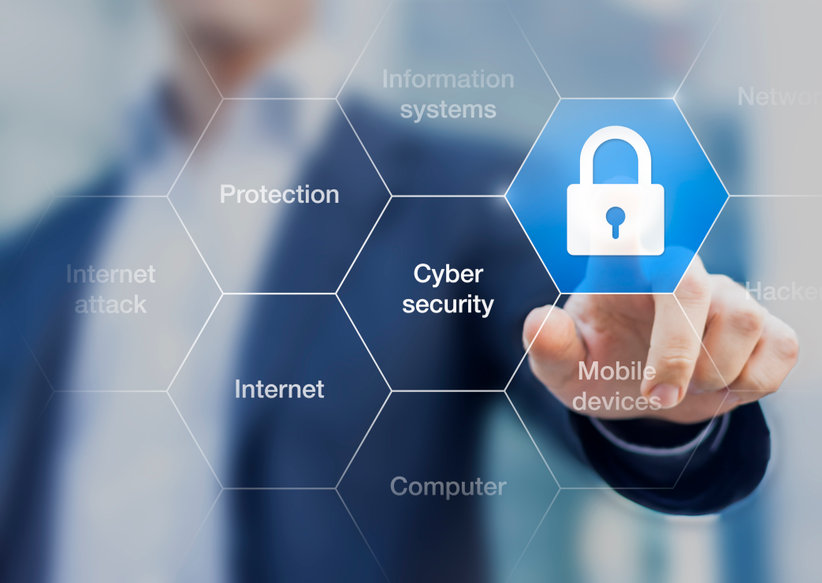As more businesses around the world embrace the latest technologies in order to gain a competitive advantage, they are placing themselves at an increased risk for cybersecurity attacks. Multiple headlines over the past few years have demonstrated how no institutions – even those that form the federal government – are immune from cyberattacks and data breaches. As a result, many businesses have implemented Cybersecurity Incident Response Plans to help prevent cyberattacks, and to know the proper protocols to follow if such an attack happens.
What is a Cybersecurity Incident Response Plan?
A Cybersecurity Incident Response Plan (IR Plan) is a set of instructions and guidelines to assist companies in preparing for, detecting, responding to, and recovering from data breaches and other network security incidents. While every company’s IR Plan should be developed to best suit its specific needs, a comprehensive plan should focus on establishing a framework that delineates authority (who is charged with a certain task), promotes efficiency (when must certain steps be followed), and facilitates organization (what tasks must be completed and in what order). The key to the success of any IR Plan is for there to be a company-wide understanding of how the plan operates and what is required of all employees. At the end of the day, an IR Plan serves to minimize the potential for damage in order to protect sensitive data, and when an incident occurs, to ensure an effective and efficient recovery. Therefore, if there is no training or proper organization, the goals of the IR Plan will never be met.
What are the phases of an Incident Response Plan?
An IR Plan is normally divided into five sections – preparation, detection, response, recovery, and follow up – each of which includes a series of objectives and requirements.
The preparation phase serves as an evaluation and outline of a business. It is focused on assigning roles and responsibilities among different stakeholders, such as human resources and legal departments, as well as establishing a formal chain of command. Crucial to the preparation phase is an understanding of when the different stakeholders need to be involved and notified, and what their duties and responsibilities are in such a situation. For example, if a data breach were to occur, the preparation phase of the IR Plan would signal when human resources must be notified, and what the department must do to assist in mitigating and resolving the incident.
The detection phase flows directly from the preparation phase, and its focus is on properly noticing the signs of a cybersecurity incident. Once a security threat or incident has been detected, all the appropriate members of the response team should immediately get to work assessing the situation. Crucial for success is the collection and documentation of key information that will assist in better understanding the severity of the situation, the nature of the incident, and the threats it poses. Many businesses have decided to augment their IR Plans by utilizing software that can scan and detect vulnerabilities and security gaps.
The third phase of an IR Plan, the response, works to contain and neutralize threats to prevent the spread of the cyberattack. This process includes eliminating malicious files and hidden backdoors, both of which can lead to future attacks if not properly addressed, as well as accounting for the incident and how it occurred. While the immediate response is often technology-heavy, with various programs assisting to repair critical damage and assist in the return to normal operations, the diagnostic analysis requires trained employees to accurately account for the incident and response. This includes recording the time, date, location, and extent of the attack, as well as determining the approximate source of the incident, such as whether it was an internal or external attack.
The fourth and fifth phases of an IR Plan – recovery and follow up – work together to ensure a company is left in the right position after a cyber threat has been addressed. The recovery process is an analysis of the incident with the intention of better understanding how the attack occurred, as well as the steps that should be taken to prevent it from ever happening again. It seeks to discover weak spots that may lead to future complications and correct existing vulnerabilities. The follow up phase is focused on the long-term response to a cyberattack. It often includes an incident response report that details the cyberattack and its related effects, as well as recommendations for periodic maintenance checks to examine any vulnerabilities.
Click HERE to see what a Cybersecurity Incident Response Plan entails.








